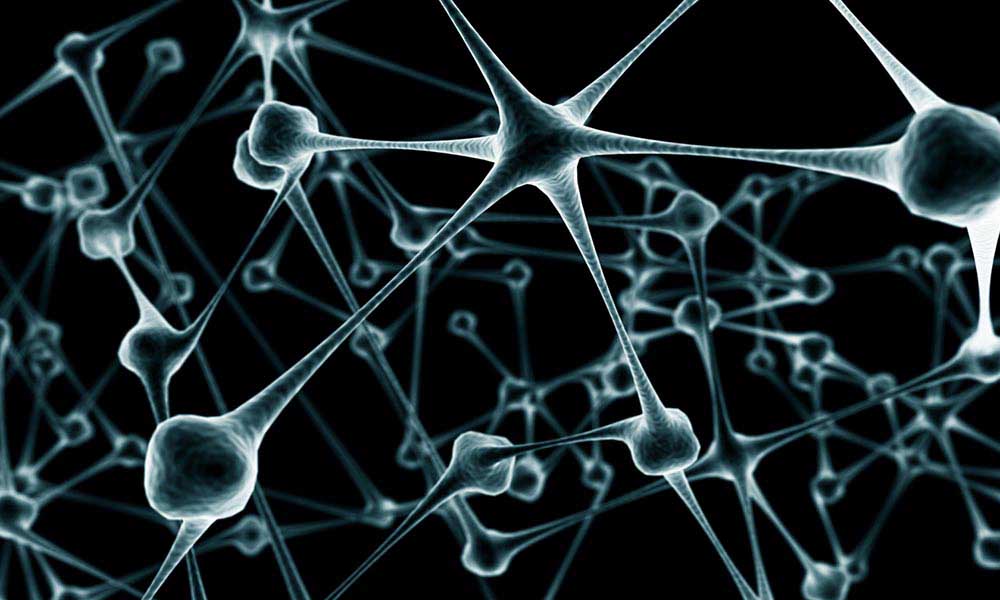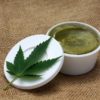
Medical
Cannabinoids: What Are They and What Do They Do?
There’s much still to be studied about cannabinoids. Here’s a basic introduction to what we know right now about these magical molecules.
Cannabis acceptance is becoming more widespread across the globe. The entire scene surrounding marijuana has evolved from the days when folks were just happy to score a bag of moderately okay “lawn clippings” from their neighborhood dealer to a legitimate $50 billion industry — all without the support of the federal government.
A large part of this evolution is due to the majority of the population having a better understanding of marijuana. They no longer buy into Uncle Sam’s age-old spiel about it being a dangerous drug. In fact, a recent Gallup poll shows that 64 percent of the country’s population appreciates the fact that cannabis is a natural medicine and not some street drug designed to burn out what’s left of the American dream. These people no longer believe in reefer restrictions and want to see legal weed to go nationwide. Over half the nation has already made the decision to drag the cannabis plant out of the pits of prohibition.
This new lease on the leaf has opened the door to the legal sale of a plethora of new, exciting cannabis strains — each one carefully grown to alleviate the symptoms of various health conditions ranging from anxiety to pain. In many cases, marijuana is being used to replace prescription drugs, over-the-counter pain relievers and even alcohol in states where it is legal. Nowadays, we know that cannabis is a plant that contains medicinal magic in the form of cannabinoids.
So, What Are Cannabinoids?
Marijuana contains a slew of compounds called cannabinoids, which supplement the functions of the human body. Cannabinoids work by attaching themselves to the various receptors of the human endocannabinoid system, allowing the cannabis user the ability to alter various aspects of everyday life from appetite to mood. These components essentially fill in the blanks where the endocannabinoid system fails to produce.
Cannabinoids basically go where they are needed in order to provide the user with relief from uncomfortable circumstances brought on by anxiety, pain, inflammation and nausea. What makes cannabinoids different than opioids (because the way they attach to the brain is similar) is all they want to do is wrap the user up like a warm blanket.
Unlike man-made drugs, cannabinoids cannot bring on the reaper. Still, to this day, not a single person has died as a result of consuming too much cannabis, and we owe it all to the charm of cannabinoids.
How They Work, in Simple Terms
In order to gain a better understanding of cannabinoids, it is best to abandon the scientific hubbub and approach the subject in simpler terms. Think of them as a street gang fighting a turf war over the evils of personal ailments. There are more than 80 cannabinoids within the cannabis plant, all battling it out in unison to ensure the user achieves the desired effect. But these compounds do not come alive without a little fire, and we do mean this quite literally.
Cannabinoids begin as cannabinoid acids that first need to be decarboxylated — or brought to life by a heat source — so that they convert from raw cannabinoids to cannabinoids. This chemistry is what makes it impossible to get stoned by simply consuming raw marijuana, because the THC cannabinoid has not been decarboxylated from its raw form, THC-A.
The THC cannabinoid is one of the most popular cannabinoids — scientifically known as delta-9 tetrahydrocannabinol (THC Δ9) — because it produces the stoned effects we have all grown to enjoy. Another popular cannabinoid is cannabidiol (CBD), the non-intoxicating component best known for its power to reduce seizures in epilepsy patients. Interestingly, however, only THC has the ability to get the user high. The rest of the cannabinoids do not come with this kind of clout. But that doesn’t mean they are any less important in the overall scheme of medicinal function.
Some, like cannabigerol (CBG) and delta-8 tetrahydrocannabinol (THC Δ8), have been shown to reduce the size of tumors and even slow down the brain deterioration associated with Alzheimer’s disease. The potential health benefits from this list of unsung heroes are vast. There is even evidence that the presence of these somewhat silent cannabinoids is crucial in delivering the psychoactive punch of THC.
Experimenting With Cannabinoids
There will hopefully come a day when the federal government allows the cannabis plant to be studied in a manner that allows the scientific community to gain a better understanding of how each of these cannabinoids can improve the quality of life of the sick or just those sick of it. Until then, we’re going to have to go about it the old-fashioned way: through lots of self-experimentation. We are almost certain this will not be a problem for any of you.
TELL US, what do you know about cannabinoids?
























